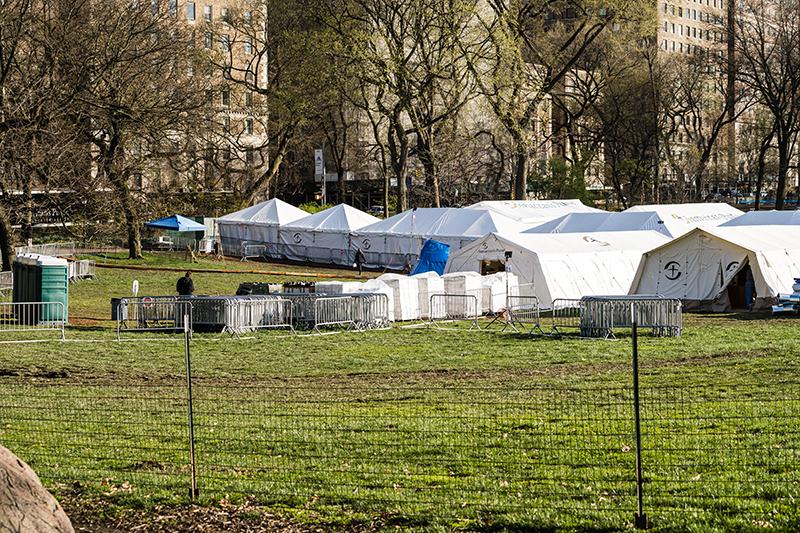Tulane professor offers inside look at COVID-19 crisis and response
What went right and what went wrong during the COVID-19 pandemic will undoubtedly be studied for decades to come. And one resource that scholars and students will likely turn to is the recently released COVID-19: Systemic Risk and Resilience (Springer, 2021), co-edited by Jesse M. Keenan, an associate professor of real estate in the Tulane University School of Architecture.
The book’s 22 chapters were written by experts from around the world who have assisted their home countries in managing their economies, supply chains, health care systems, emergency response systems, public health systems and public communications.
“This is the public’s first look at the wide range of resources that were mobilized by the U.S. government (among others) to cover everything from where and how to build portable hospitals to the emergence of digital mutual aid societies,” said Keenan, whose research focuses on the intersection of climate change and the built environment, including design, engineering, regulation, planning and financing.
"From systems engineers to historians, this book offers a wide variety of perspectives on post-COVID recovery investments and strategies."
Jesse M. Keenan, associate professor in the Tulane School of Architecture
“Just designing the vaccine supply chain was a huge lift. From systems engineers to historians, this book offers a wide variety of perspectives on post-COVID recovery investments and strategies from folks tasked with leading the recovery on the ground—from the Federal Reserve to Italian emergency management.”
Highlights of the book include a chapter on optimizing the distribution of beds, ventilators and other healthcare resources to COVID-19 hot spots, a chapter on how hospitals can anticipate and model future ICU utilization so they can plan ahead and a chapter on the factors that went into developing the resilience of the supply chain for the COVID-19 vaccine.
“This book provides a variety of disciplinary perspectives that, together, shape a comprehensive understanding of COVID-19′s impacts, as well as pathways for recovery, resilience, and adaptation within the context of a rapidly changing world,” Keenan writes. “From history to economics and from technologically-driven social organization to public health, this book advances theoretical and empirical knowledge through the lens of understanding systemic risk and resilience.”
Keenan’s co-editors are Igor Linkov and Benjamin D. Trump, both researchers at the U.S. Army Engineer Research Development Center. The editorial team served on detail to the U.S. Department of Homeland Security during the pandemic in order to support temporary hospital deployment, supply chain resilience and more.
“This book is inspired by our experience supporting FEMA and U.S. Department of Health and Human Services during the early days of the COVID crisis,” Linkov said. “It provides a window into the problem space that governments had to work within when it came addressing the pandemic head-on.”
Contributing authors are from the U.S. Army Corps of Engineers, Federal Reserve Bank of San Francisco, Federal Reserve Bank of Atlanta, the Organisation for Economic Co-operation and Development (OECD), Université Paris-Dauphine, Politecnico di Milano, Carnegie Mellon University, University of Michigan, Princeton University and others.
.

